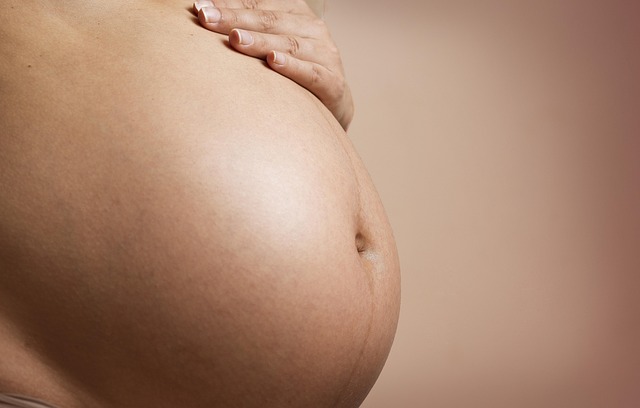As a child in Russia during the 1980s, I frequently heard my mother and her friends extol what they called “old-age wisdom”: “A woman’s second prime begins at forty.” As a cynical teenager, I dismissed this idea as the result of too much time spent waiting in lines. How could they possibly find a new prime at forty? These women juggled multiple jobs, crafted five-year plans, navigated Moscow for essentials during lunch breaks, and returned home to prepare dinner while managing demanding families. By the time they reached forty, I thought, the only “second prime” they could anticipate was a break from parent-teacher meetings and those long queues—if they had managed to create the Communism they had hoped for.
Fast forward to adulthood, the USSR had collapsed along with Soviet communism. We moved to the United States, where my mother continued to prepare chicken for dinner, but this time, it was pre-cooked from the supermarket. Now in her mid-forties, I still struggled to see that much-lauded “second prime.” Sure, she no longer had to battle elderly women in lines, but her laugh lines were pronounced, her body was different, and her hair needed regular dyeing. To me, she didn’t embody the ideal of a new beginning.
When I turned 40, I had all but forgotten about this second prime notion. My daughter was entering her tween years, and between managing her schoolwork and the chaos of her room, I was also tackling orthodontic bills. The idea of a second prime felt as distant from my reality as those bills were from the American dream.
However, something began to change around the time I hit 42. The worries that once triggered migraines began to fade or diminish in severity. The insomnia caused by self-doubt gave way to a newfound confidence that things would eventually work out. My fervor for engaging in disputes reduced to a mere whisper.
I wasn’t becoming indifferent or naive; I still cared but more selectively. I stopped wasting energy on things beyond my control and focused instead on what truly mattered. I honed the ability to sidestep drama and distance myself from toxic individuals. My circle of friends may have shrunk, but the joy I experienced with those who remained grew exponentially.
Unfortunately, my waistline grew along with my happiness. Yet, I approached this with humor. I pulled out clothes from my thirties and even twenties, tried them on one last time, and, after confirming they didn’t fit, donated them. Clinging to old jeans in hopes of squeezing back into them was unrealistic and far less enjoyable than purchasing new ones.
The word “no” became a staple in my vocabulary, used with the same enthusiasm I applied to adopting an almost entirely organic diet for my family. I finally let go of the idea that I needed others’ approval and embraced self-love instead. It turned out that this was the key to happiness all along.
Gratitude emerged as a new practice. As I added more years to my age, I became increasingly aware of the inevitability of death and illness. Rather than agonizing over what I lacked, I focused on appreciating everything I had. Finding hidden blessings in a challenging world became a nightly ritual, often accompanied by a glass of good red wine.
Months into these changes, I realized that my shift in perspective wasn’t merely a side effect of medication. Perhaps the “second prime” my mother spoke of was more than just a myth—it might actually be real.
Curious, I reached out to my mother. “Do you remember our talks about the second prime?” I asked.
“What?” she replied, distracted while driving.
“You know, the second prime you discussed with your friends when I was younger,” I clarified.
“Hold on a second,” she said, before returning to the call, sounding exasperated. “That was your dad. He’s hungry.”
I rolled my eyes. At 64, my father still couldn’t manage to cook for himself.
“So I told him to either wait or warm up the leftover pasta,” my mother continued. “What were you saying?”
“Never mind,” I replied.
Even if my mother didn’t recall the concept of a second prime, she certainly seemed to be living it—and so was I.
In summary, the notion of a woman’s “second prime” beginning at forty may hold more truth than initially thought. As women navigate the complexities of life, they often find a renewed sense of self and purpose as they transition into their forties and beyond. This phase allows for personal growth, selective caring, and the ability to appreciate what truly matters.
For those curious about home insemination, check out this resource on intrauterine insemination, and explore more about home insemination kits from Cryobaby for valuable insights.
Keyphrase: second prime at 40
Tags: [“home insemination kit”, “home insemination syringe”, “self insemination”]
